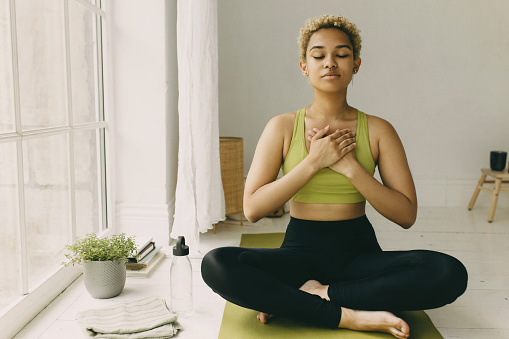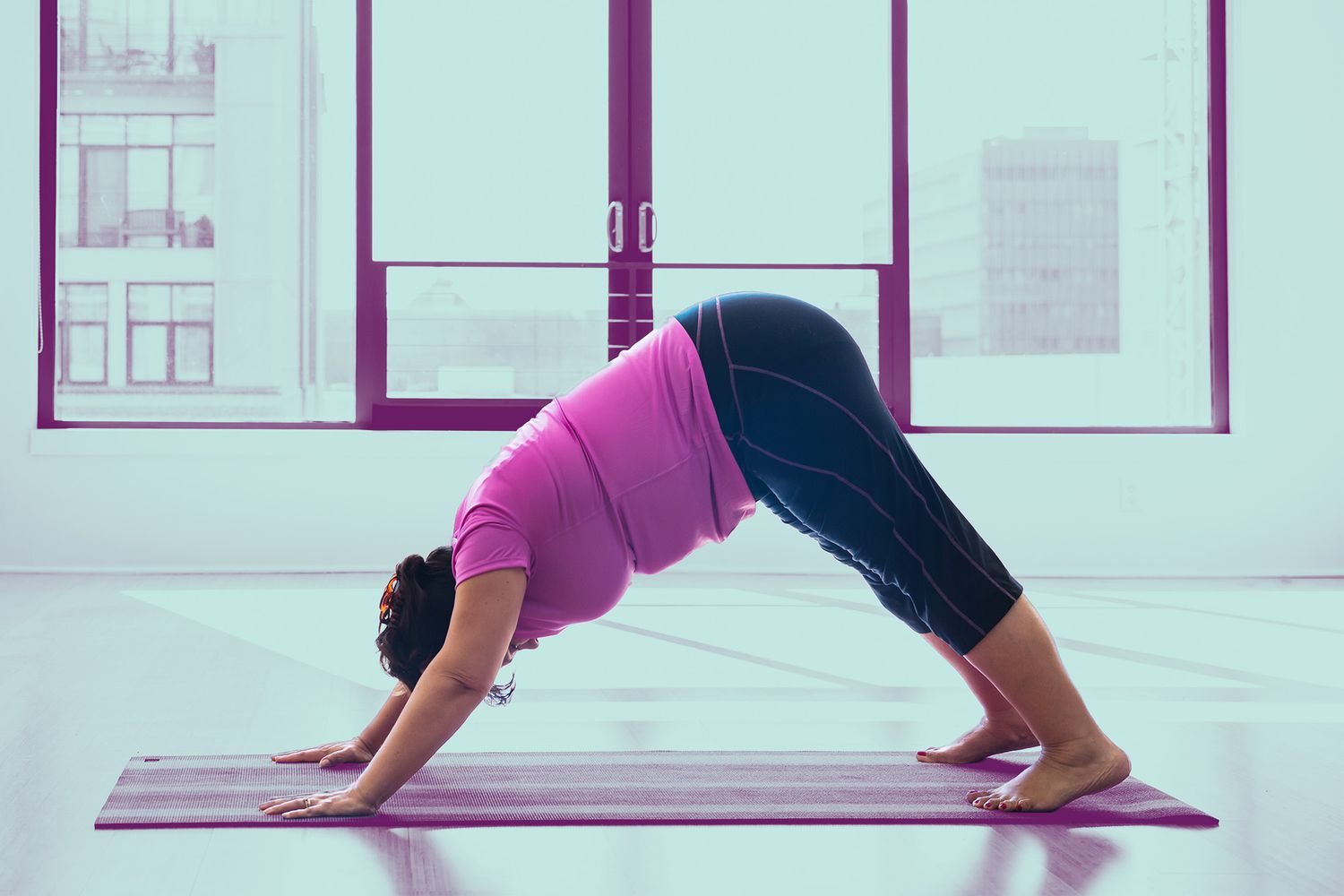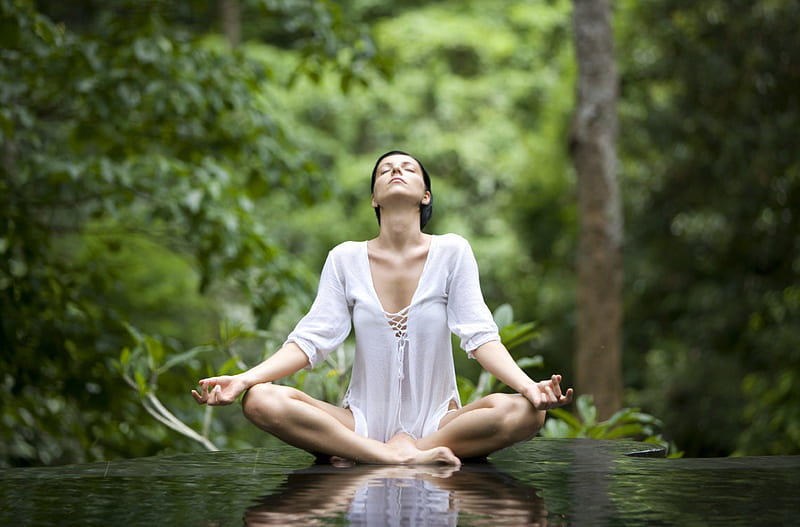The goal of yoga is harmony between the mind and body, and it is based on a very subtle science. It's both an art and a science for staying healthy. Mind and body, man and nature, and individual and universal consciousness can all be brought into perfect harmony through yoga.
It aids in the management of day-to-day stress and its effects, as well as the development of psycho-physiological health and emotional balance. Yoga is also helpful in situations where stress is thought to be a factor. It is known that yogic practices like yogasanas, pranayama, dhyana (meditation), cleansing, and relaxation can help control how the body reacts to stressors.


These moves are very helpful for beginners who want to start practicing yoga but don't know much about it or exercise.
Our body has a number of joints that need to be moved and lubricated. Yoga and other activities provide the movements, and the food we eat provides the lubrication. Some of these joints are overused in everyday life, while others are rarely used, which could lead to issues in the future. Basic movements are essential not only for preserving the health of these joints but also for preparing your body for yoga.
Meditation is a mental practice that has been around for thousands of years, and is utilized by many people around the world as a way to calm the mind, reduce stress, increase self-awareness, and promote overall well-being. It involves training the mind to focus on a particular object, thought, or activity, and developing a non-judgmental awareness of one's thoughts, feelings, and sensations.
There are many different types of meditation, but they all involve some degree of focus and awareness. Some of the most common types of meditation include:
Mindfulness Meditation: This type of meditation involves focusing on the present moment and becoming more aware of one's thoughts, feelings, and bodily sensations. It can be done while sitting, standing, or walking.
Transcendental Meditation: This type of meditation involves repeating a mantra or word silently to oneself, in order to achieve a deep state of relaxation and inner peace.
Loving-kindness Meditation: This type of meditation involves developing feelings of love, compassion, and kindness towards oneself and others. It can involve visualizing a loved one or simply focusing on a feeling of warmth and kindness.
Chakra Meditation: This type of meditation involves focusing on the seven chakras, or energy centers, in the body. The goal is to balance the flow of energy throughout the body and promote healing.


There is a growing body of research that suggests that meditation can have a range of benefits for both the mind and body. Some of the benefits of meditation may include:
Reduced stress and anxiety: Meditation has been shown to reduce symptoms of stress and anxiety, and may help individuals cope better with difficult situations.
Improved focus and concentration: Regular meditation practice can improve focus and concentration, which can be useful in many areas of life, including work, school, and personal relationships.
Increased self-awareness: Meditation can help individuals become more aware of their thoughts, feelings, and bodily sensations, which can be useful in promoting personal growth and self-improvement.
Improved emotional regulation: Meditation may help individuals regulate their emotions more effectively, which can lead to improved relationships and overall well-being.
Better sleep: Regular meditation practice can improve sleep quality and duration, which can have a positive impact on overall health and well-being.
Meditation can be done in many different ways, but here is a simple step-by-step guide for getting started:
Find a quiet place where you can sit comfortably and uninterrupted for a period of time.
Sit with your back straight and your feet flat on the floor. You can also lie down if that is more comfortable for you.
Choose a focus for your meditation, such as your breath, a mantra, or a visualization.
Set a timer for the desired length of your meditation practice, whether it is 5 minutes or 30 minutes.
Begin your meditation by focusing on your chosen object. If your mind wanders, simply bring your attention back to the object of your focus.
Continue meditating for the desired amount of time.
When your timer goes off, take a moment to gently transition out of your meditation practice, perhaps by taking a few deep breaths or stretching your body.